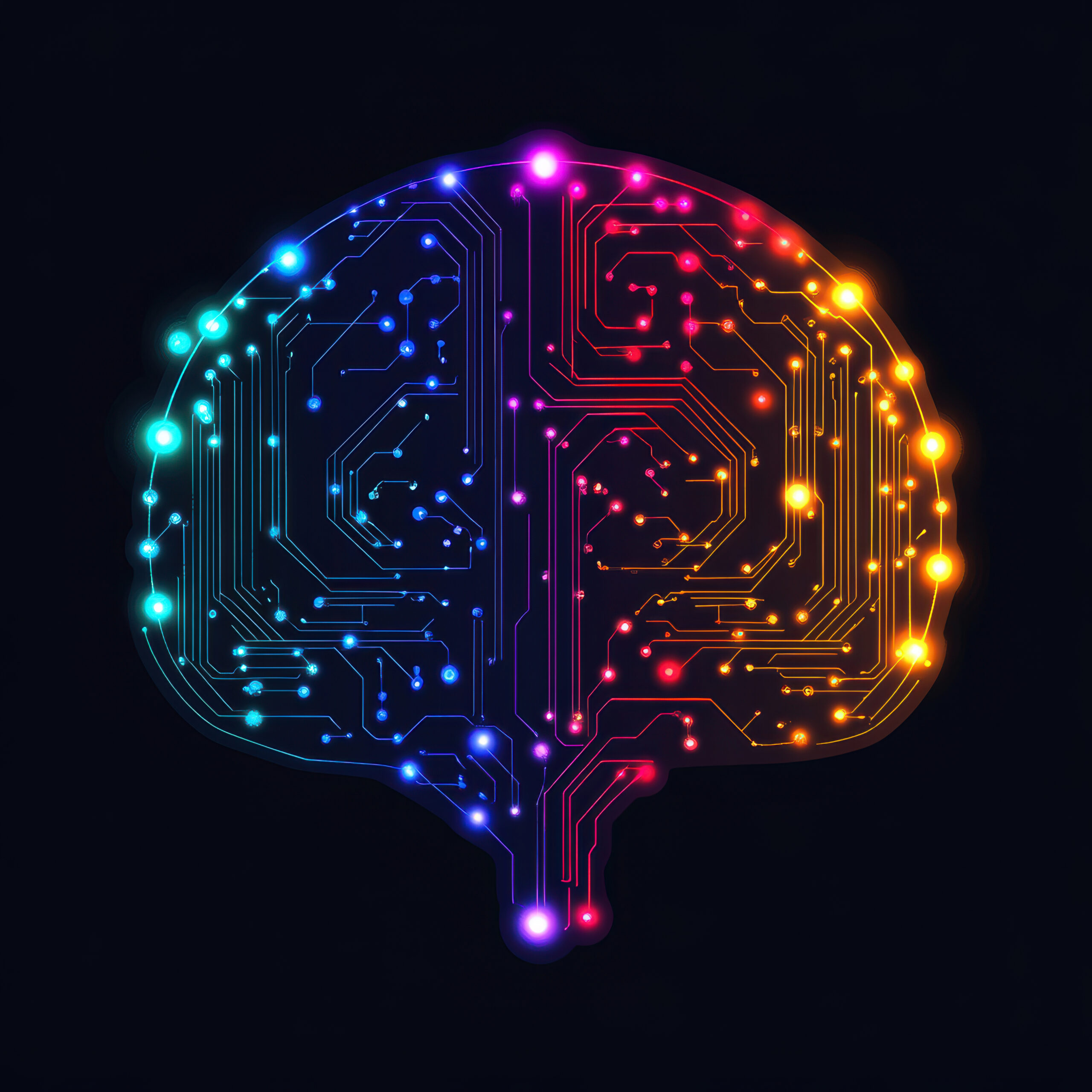Struggling with these challenges? Deep learning services can help!
- Difficulty in recognizing objects and patterns in images
- Inaccurate defect detection in manufacturing processes
- Challenges in medical imaging analysis and diagnostics
- Inefficient video surveillance and anomaly detection
- Poor OCR accuracy for document digitization
- Limited scene understanding for autonomous systems
- Inability to analyze customer sentiment at scale
- Poor accuracy in machine translation and localization
- Challenges in automating document classification
- Difficulty in detecting fake news and misinformation
- Lack of accurate speech-to-text transcription
- Inefficient chatbot responses and conversational AI limitations
- Unreliable forecasting models
- Poor detection of patterns in dynamic data
- Challenges in assessing risks and anomalies in real-time
- Limited insights for optimizing workflows and decision-making
- High dependency on static models with outdated data insights
- Inability to adapt predictions to evolving conditions
- Inconsistencies in automating rule-based, high-volume tasks
- Challenges in optimizing workflows and process efficiency
- Poor adaptability of automation to dynamic environments
- Difficulty in training systems for real-time decision-making
- Limited self-learning capabilities in existing automation models
- Inability to handle unpredictable or unstructured inputs
- Poor recognition of speech, accents, and dialects
- Challenges in identifying speakers in multi-voice environments
- Inaccurate or noisy transcription of real-time audio data
- Difficulty in detecting emotional context in spoken language
- Limited ability to classify and categorize different audio types
- Inability to analyze large-scale voice and sound datasets
- Difficulty in identifying unusual patterns in complex data streams
- Ineffective detection of hidden risks and potential threats
- Poor real-time monitoring of irregular behaviors and anomalies
- Limited ability to differentiate between normal and suspicious activity
- High rate of false positives leading to operational inefficiencies
- Inability to proactively mitigate security vulnerabilities

What We Do: Build AI models for image/video analysis, object detection, and anomaly detection.
How We Do: Use CNNs and deep learning techniques for accurate visual data processing.
The Result You Get: Automated insights, enhanced accuracy, and real-time decision-making.

What We Do: Develop AI-driven text processing for automation, sentiment analysis, and search.
How We Do: Leverage transformers like BERT and GPT for context-aware understanding.
The Result You Get: Smarter automation, better insights, and improved interactions.

What We Do: Design and customize deep learning models for specific business needs.
How We Do It: Optimize architectures, tune hyperparameters, and ensure scalability.
The Result You Get: High-performance AI solutions tailored to your challenges.

What We Do: Enable AI-powered speech recognition, voice authentication, and sound analysis.
How We Do It: Apply deep learning techniques like spectrogram analysis and RNNs.
The Result You Get: Accurate transcription, improved voice interactions, and deeper insights.
What deep learning development delivers: The end goal
Deep learning refines complex data interpretation, enabling predictive analytics, anomaly detection, and AI-assisted decision-making—transforming uncertainty into strategic advantage.
AI models continuously learn and evolve, automating intricate workflows, optimizing performance, and reducing human intervention while enhancing accuracy and efficiency.
Leverage deep neural networks to not only anticipate future trends but also recommend the best actions, optimizing processes in milliseconds for maximum impact.
Build AI ecosystems that integrate seamlessly with enterprise systems, ensuring scalable, low-latency, and high-efficiency solutions that evolve with technological advancements.
In search of Deep Learning Development partner?

Unlimited

View

View

Tactics


Sense

with
Problem
Statement

Fast

Helping enterprises to solve complex operational challenges and product owners to gain competitive edge with purposeful AI and ML solution















 Talk to Our
Consultants
Talk to Our
Consultants Chat with
Our Experts
Chat with
Our Experts Write us
an Email
Write us
an Email







